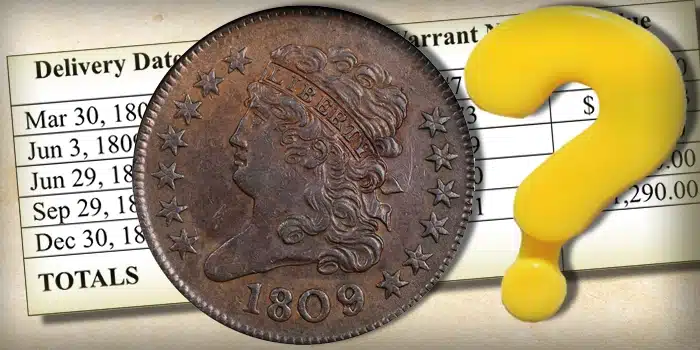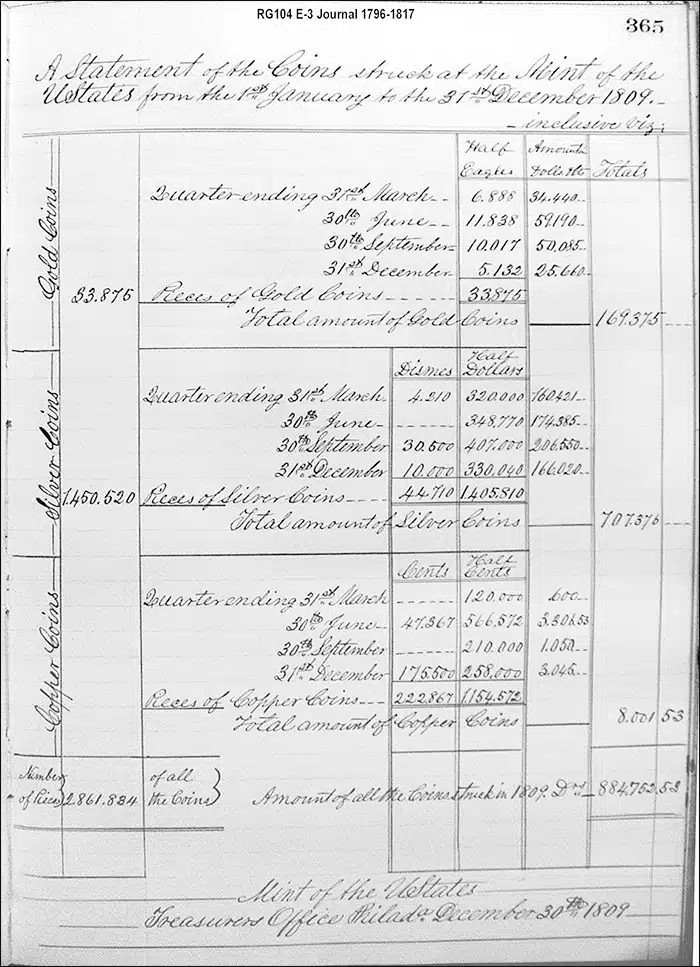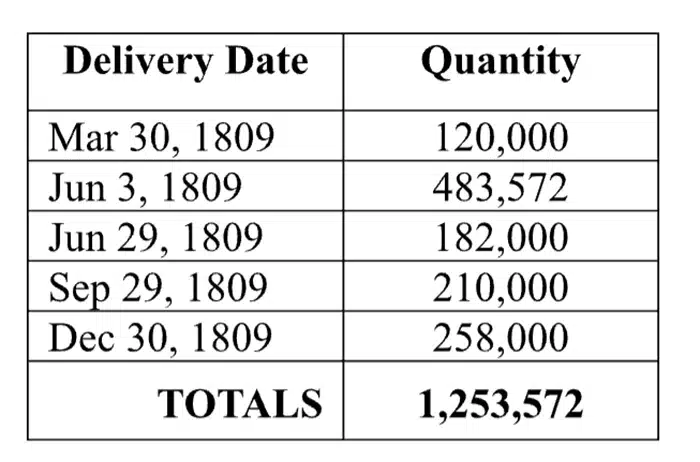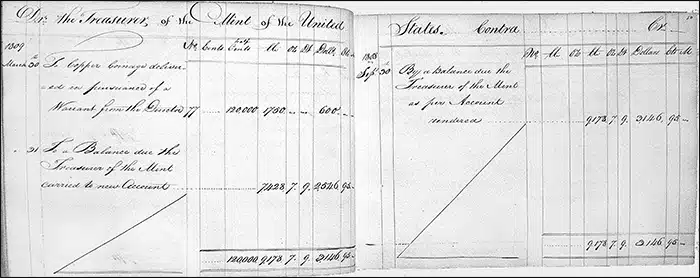
By Roger W. Burdette, special to CoinWeek …..
We’re all familiar with coin guides of one sort or another. The most frequently used are price guides, which attempt to report the current “value” of specific coins in various levels of preservation. Some of these track auction sales and report the results, others claim to consolidate dealer sales or independent venues such as eBay. A few price guides attempt to report wholesale, or dealer buying values and offer their insights to paid subscribers.
The other kind of guide is less focused on current price and concentrates on coin design and mintage instead. The two behemoths in this category are A Guide Book of United States Coins and A Guide Book of United States Coins – MegaRed. While both include estimates of coin values in several levels of condition, a fundamental attribute is mintage quantity for virtually every coin listed in the books. Although value information fluctuates over time, mintage quantities should be stable. After all, once the coins were struck, there were (usually) no more made.
So collectors tend to think of Guide Book mintages as fixed and inflexible. Yet behind the hard printed numbers, there lurk many potential discrepancies.
The first of these is the primary source of mintage data. Annual reports by the Director of the United States Mint include mintages for each year and production facility and are excellent sources. Nevertheless, they are not perfect, and they may require a little interpretation to understand. For example, does the reported mintage for, say, 1895-P Morgan silver dollars include Proof coins or only those made for circulation? Were special assay coins subtracted? Were the annual assay coins, which were destroyed during testing, included? Usually, the answers are yes, no, and no. But what about other coins?
We know through the work of R.W. Julian and others that early U.S. Mint records are not entirely reliable. Dies were commonly used until they failed, regardless of the date. “Annual” reports were not always for a normal calendar year, and coins made in one year might not be delivered officially until the next year – and thus reported in the wrong year!
One interesting mintage question concerns the half cents of 1809. Our old friend the Guide Book states that 1,154,572 pieces were produced in 1809, including all varieties. That’s a hefty pile of coins, although it amounts to only $5,772.86. But past researchers, such as Walter Breen, state that the annual total was really 1,253,572 pieces. Which is correct? Are both wrong?
The first question to ask is, “What sources were used for the data?”
For the Guide Book, the most likely source is the Director’s Report to the President for the year 1809, shown below. This report and table consolidate all coinage deliveries made during the year to arrive at the annual mintage.


The detail highlighted in light blue clearly shows half cents produced in each quarter of the year, as well as the annual total of 1,154,572. This sum agrees with the quantity reported in the Guide Book.
So far, so good, and if we stop there, then everything matches.
But the infamous Walter Breen, long considered an authority, asserted that flowing deliveries and quantities took place. These were published in his book Walter Breen’s Encyclopedia of United States Half Cents (1983), an important reference on the denomination.

If correct, then this indicates a discrepancy of 99,000 half cents with a value of $495.00 – a considerable sum in 1809. As usual, Breen’s published material does not include source citations that would allow us to check original material and the accuracy of his work.
At this point, we have a conflict between the 1809 Mint Report and Breen’s 1983 half cent reference book: the report says 1,154,572 pieces and Breen says 1,253,572.
However, if we take our own fresh look at lower-level, more detailed U.S. Mint documents, our confidence in the annual report quantity is reinforced. Our best available original source is the Copper Account Journal. This volume shows all deliveries of copper coin and metal through the Mint Treasurer by weight, count and dollar value.

At left, above, is a record of 120,000 half-cents delivered on March 30, 1809. The right side page shows use of copper planchets that were received by the Mint in September 1808. These tell us both the quantity delivered and the source of planchets (it omits damaged and defective planchets).
The Copper Account Journal shows us the dates and delivery quantities of half cents for the full year, as follows:

Now we have two primary sources in agreement about the 1,154,572 coins minted, and it looks like the Breen report is incorrect. But how did the difference of 99,000 half cents occur? Did Breen have access to other data, original sources that are not available to us today?
The answer is probably no. If we look at the deliveries for June 3, we find different numbers from the Mint and Breen.

The clue lies in the first three digits of the quantities. These are the same for both, but in a different order. Now, if we say the number “384” and then “483”, it becomes apparent that Breen’s quantity was created by a simple transposition of first and last digits. This is an almost off-hand error that would be impossible to catch by a meticulous proofreader without access to original documents.
Here, the discrepancy is attributable to a simple, common error and not to any great discovery of missing coins. The Guide Book is certainly correct, and Breen was wrong.
But the next time you look at coin mintages, consider their source and all the things that can affect their accuracy.




